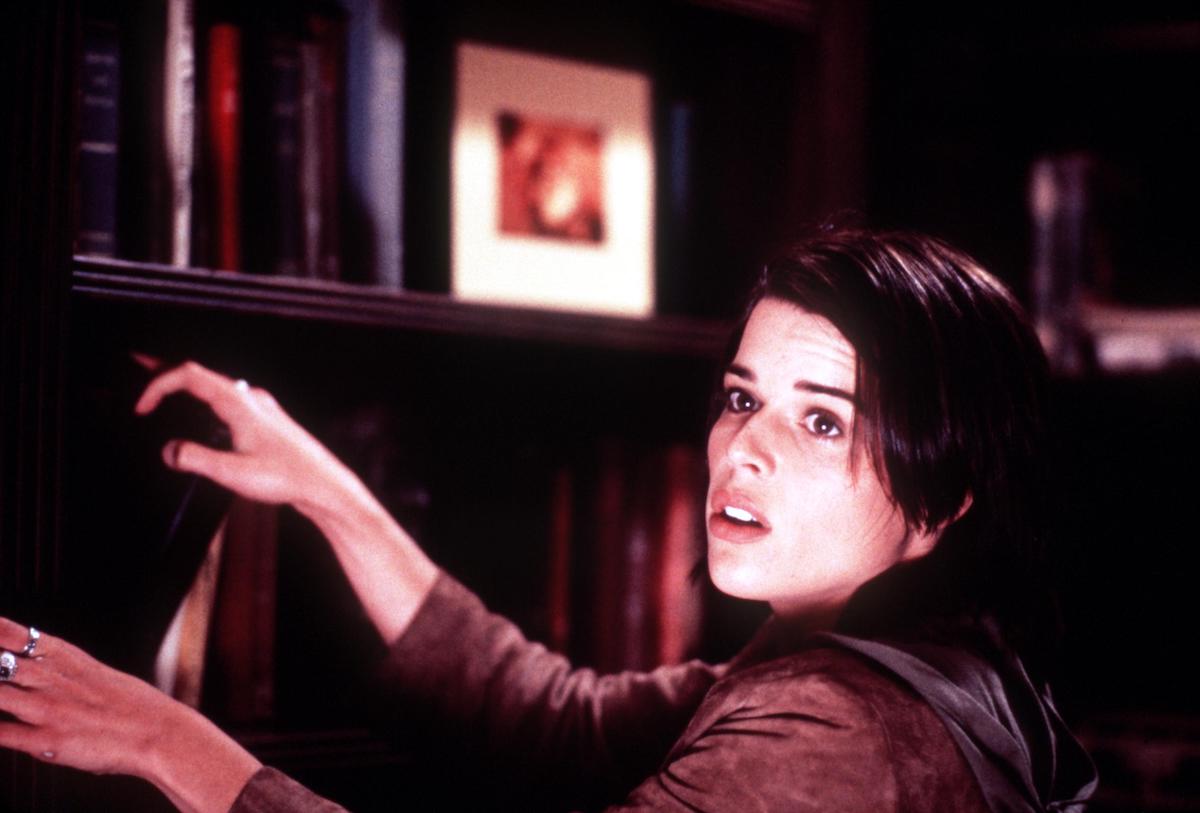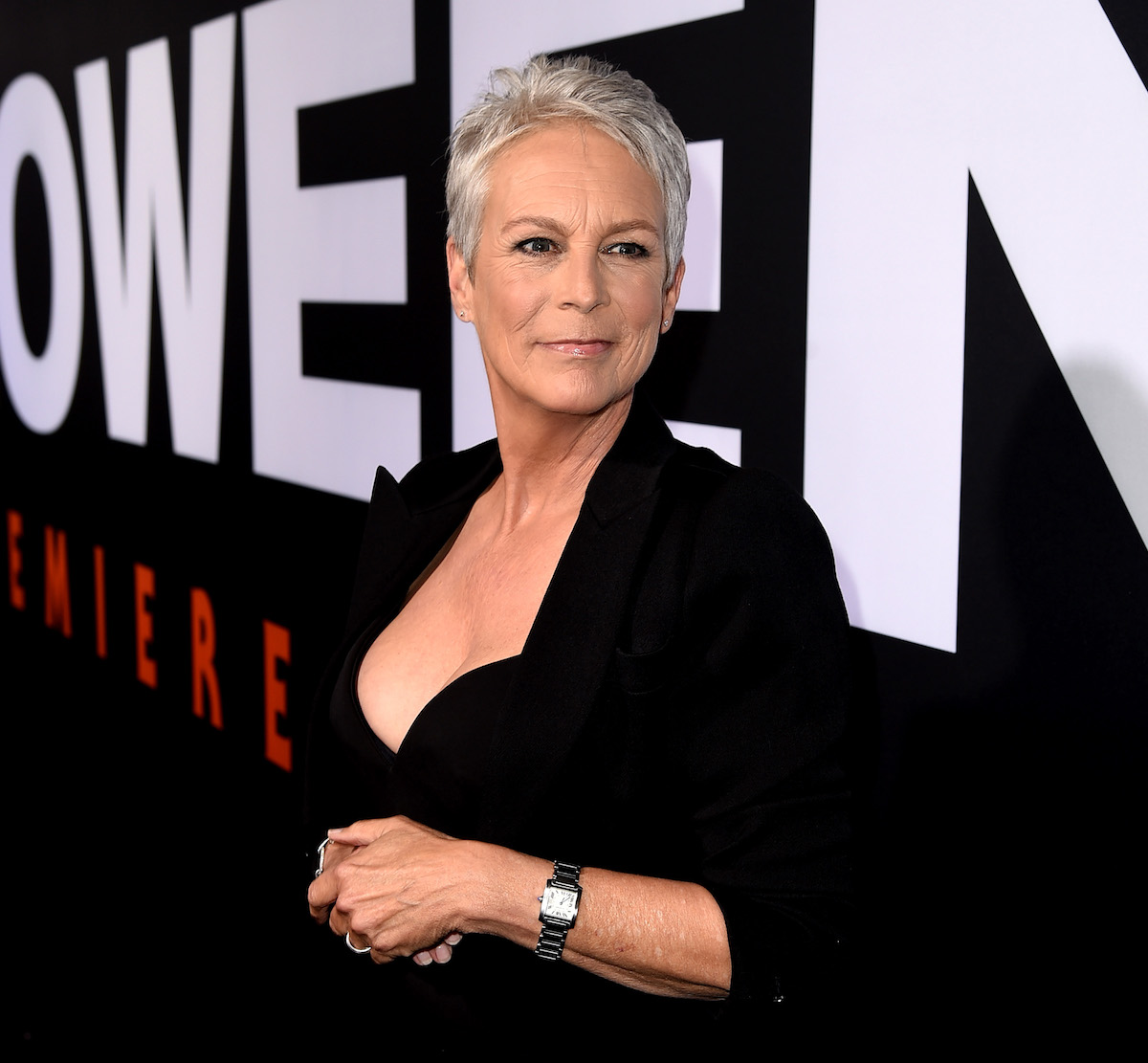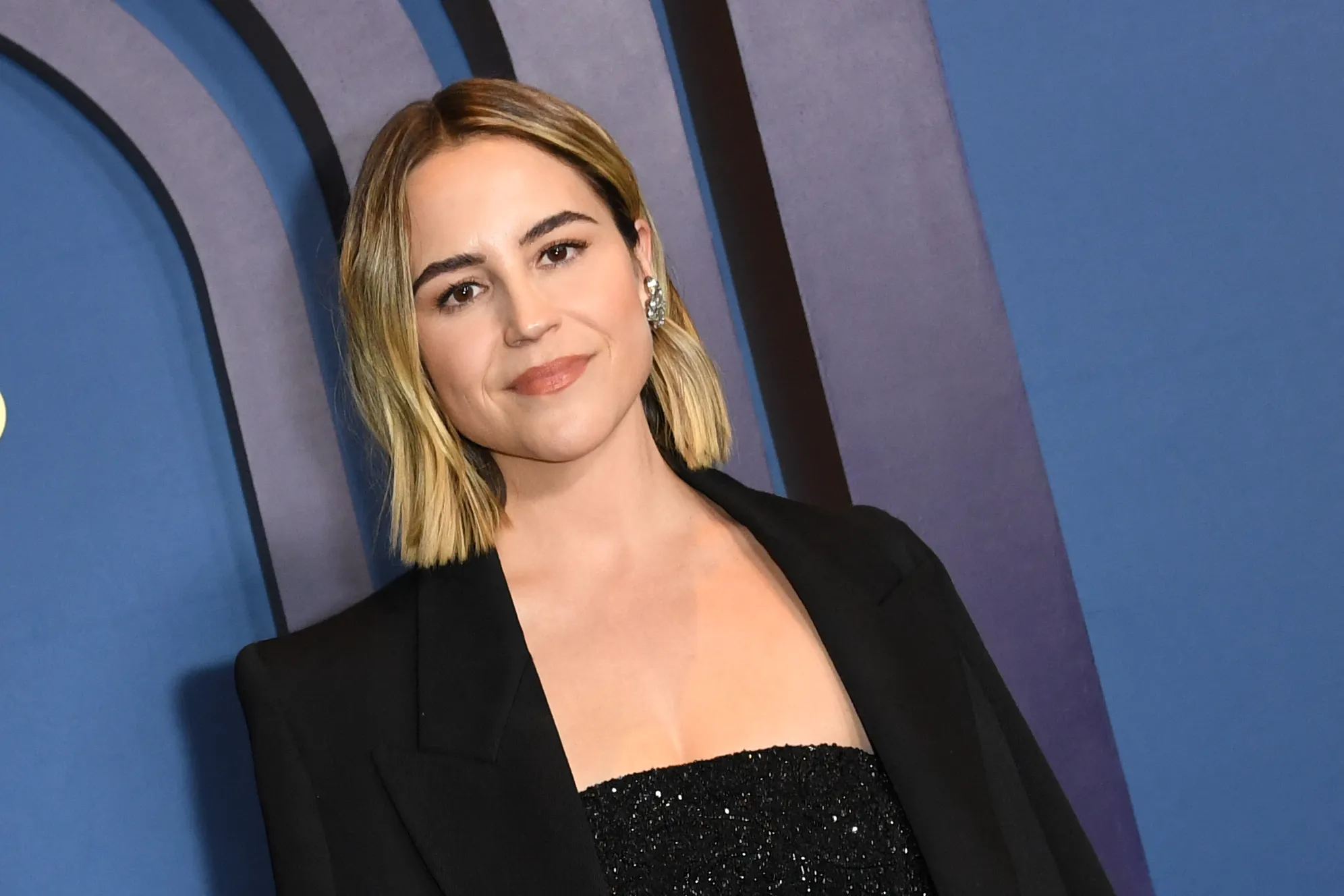4 ‘Final Girls’ You Shouldn’t Mess With
No one knows exactly who the first ‘final girl’ was. But somewhere out of the darkest corners of the American slasher movie, she emerged as a full-blown trope–in all her blood-soaked glory. From Halloween’s Laurie Strode to Scream’s Sidney Prescott, here are four of the most famous ‘finals girls’ in horror.
The first ‘final girls’ emerged in the 70s

The 1970s were something of a renaissance for horror movies. Relying on cheap jump-scares, psychopathic villains, and naive teens, these gratuitous slasher flicks were becoming all the rage. They provided a unique, gut-wrenching thrill. And, as any teenager knew, nothing was as terrifying as knowing that when they peeked out the window of their cabin, babysitting house, or car, a knife-wielding murderer might well be watching them.
The final girl was an appealing trope, and it endured. Not only did these young women all survive the roughly two hours of being tossed about by ice picks, knives, and other sharp implements–but they did it while in the throes of unspeakable trauma sustained watching their loved ones suffer and die. It’s a messy job, surviving.
Marilyn Burns and Jamie Lee Curtis led the trope
Sally Hardesty (played by Marilyn Burns) from 1974’s The Texas Chainsaw Massacre (1974) was undoubtedly one of the first final girls. She and her brother Franklin (Paul A. Partain) set out to check on her grandfather’s grave after hearing it might have been vandalized. Along for the ride are several friends, and what do you know, they’re plucked off, one-by-one, by Leatherface (played by the aptly named Gunnar Hansen). The masked chainsaw killer is based partly on the macabre true story of Ed Gein. It should go without saying that Sally, who escapes from a slaughterhouse, jumps out a window, and manages to hop into a passing truck to escape, is a tough chick.
The iconic Laurie Strode of Halloween (1978) was played by Jamie Lee Curtis. The action here takes place on Halloween night, giving it a nice atmospheric creepiness. She’s babysitting, so it’s a great time for the masked Michael Myers to stalk her. He kills a mechanic, a dog, Lori’s friends Annie and Lynda, and Lynda’s boyfriend Bob on the way to his target. Lori stabs him in the neck with a knitting needle, the eye with a coat hanger, and the chest with the knife he’s wielding. In later franchise installments, she also pushes him over a balcony, rams her car into him, and burns him alive; that’s just the beginning. The twelfth movie in the franchise, Halloween Kills, is set to arrive this October, and Jamie Lee Curtis is still trying to kill Myers. So she may well be the most badass final girl of all time.
‘Scream’ ushered in a new era
The mid-90s brought Scream, and with it Neve Campbell in a breakout performance as final girl Sidney Prescott. Scream’s masked Ghostface was every 90s teen’s nightmare. Ubiquitous, anonymous, relentless. Sidney’s claim to survival fame is that she stares the rules in the face, breaks them, and still survives. In the slasher genre, teens who have sex with their boyfriends always meet a bloody end. Sidney does have sex with her boyfriend Billy (Skeet Ulrich), and doesn’t die for it–she is the final girl of the grunge decade.

Cabin in the Woods rolled around in 2012, and while the Scream quadrilogy introduced audiences to funny, self aware horror, Cabin in the Woods perfected it. Dana Polk (played by Kristen Connelly) has the exaggerated, wide-eyed innocence of virginal final girls past. Dana is distinguished by the fact that, when push comes to shove, she’s revealed as being selfish–and that’s another rule-breaker. Final girls aren’t supposed to choose to out-survive their friends, but in a direct way, Dana does.
And for the final girl, survival is an artform to perfect.


